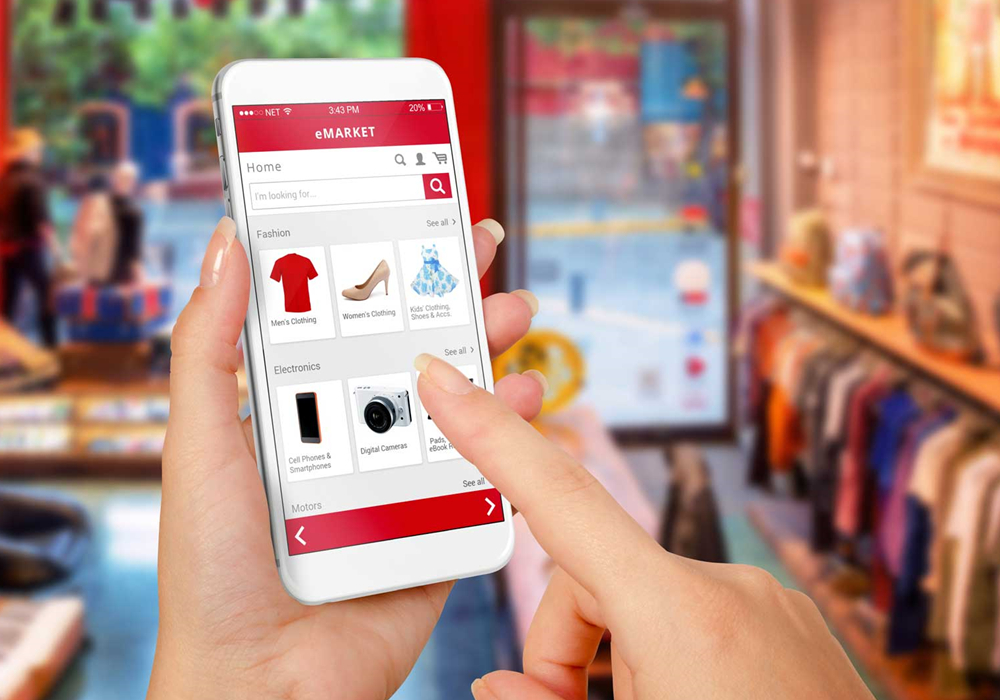Mobile shopping refers to the process of purchasing goods and services through mobile devices, such as smartphones and tablets. This method offers unparalleled convenience, allowing consumers to shop anytime and anywhere. Whether waiting for a bus or relaxing at home, shoppers can access a wide range of products with just a few taps on their screens. This flexibility has become a significant factor in the rise of mobile commerce, as people increasingly seek efficient ways to manage their busy lives.
One of the key advantages of mobile shopping is the ability to compare prices and read reviews instantly. With numerous apps and websites dedicated to providing real-time information, consumers can make informed decisions without having to visit multiple stores. This accessibility empowers shoppers to find the best deals and ensures they are purchasing quality products. Additionally, the integration of user reviews and ratings on mobile platforms enhances trust and transparency, making it easier for consumers to choose wisely.

Another aspect of mobile shopping that cannot be overlooked is the personalization it offers. Many retailers utilize data analytics to tailor shopping experiences to individual preferences. By tracking browsing history and purchase patterns, businesses can recommend products that align with a consumer’s interests. This personalized approach not only enhances the shopping experience but also increases the likelihood of repeat purchases, as consumers feel more connected to brands that understand their needs.
Moreover, mobile shopping often includes exclusive deals and promotions that are not available through traditional retail channels. Retailers frequently launch app-only discounts, flash sales, and loyalty rewards to incentivize mobile purchases. By leveraging these offers, consumers can maximize their savings while enjoying the convenience of shopping on the go. This trend encourages shoppers to stay engaged with their favorite brands and keeps them informed about the latest products and offers.
Security is a critical concern for many consumers when it comes to mobile shopping. However, advancements in technology have significantly improved the security of mobile transactions. Many retailers now use encryption and secure payment gateways to protect sensitive information. Additionally, biometric authentication methods, such as fingerprint scanning and facial recognition, add an extra layer of security, making consumers feel more confident when making purchases through their devices.
As mobile shopping continues to evolve, staying informed about the latest trends and technologies is essential for consumers. Keeping an eye on emerging payment methods, such as digital wallets and cryptocurrency, can provide additional options for a seamless shopping experience. Furthermore, understanding the importance of app updates and security features can help consumers protect their information while enjoying the benefits of mobile shopping.
Mobile shopping represents a significant shift in consumer behavior and retail dynamics. Its convenience, personalization, and security features make it an attractive option for modern consumers looking to streamline their shopping experiences. By embracing mobile shopping, individuals can take advantage of the latest trends and innovations, enhancing their overall purchasing power and satisfaction.



